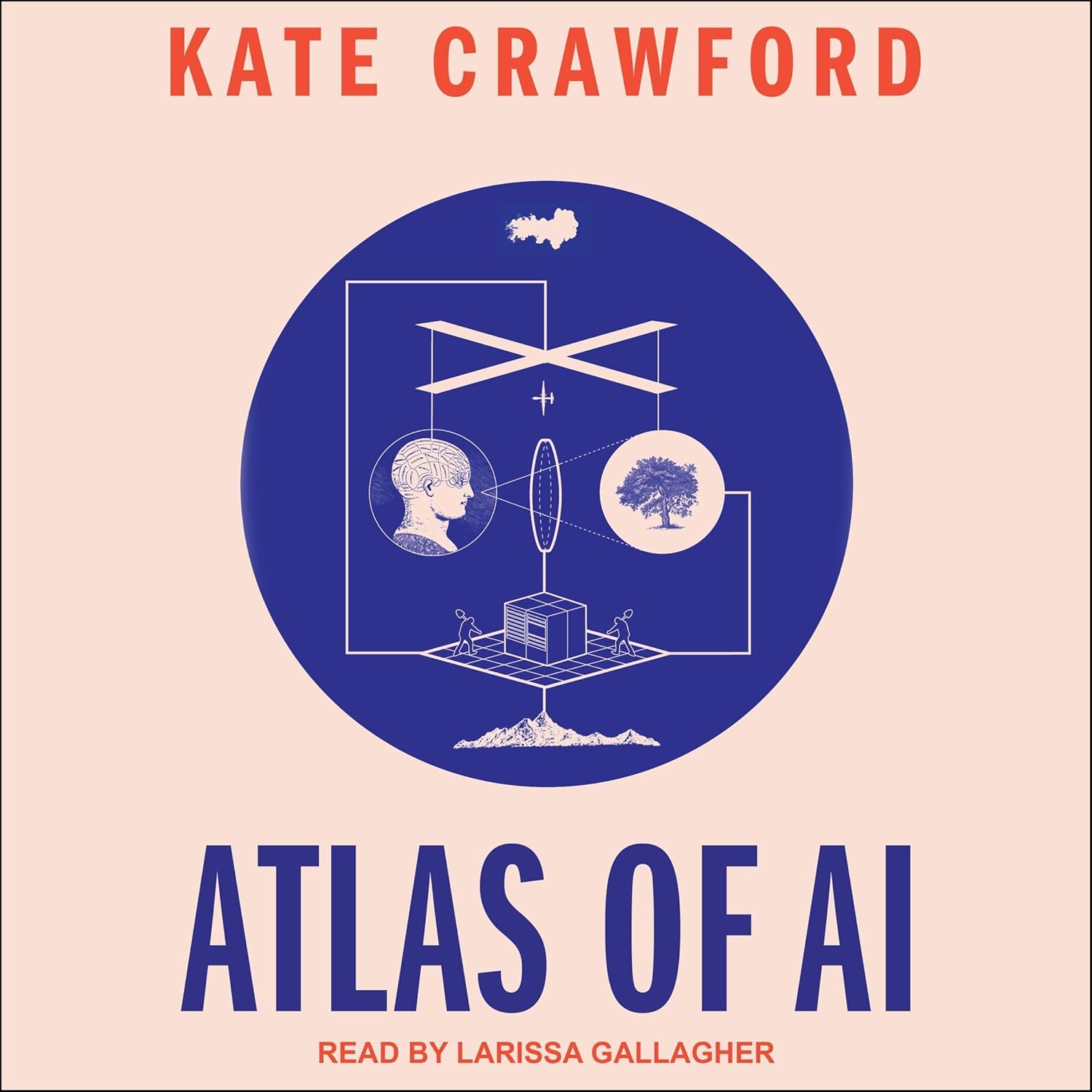Author: Thom Holwerda
Source
Sponsored:
Atlas of AI: Power, Politics, and the Planetary Costs of Artificial Intelligence - Audiobook

Uncover the true cost of artificial intelligence.
Listen now, and see the system behind the screens before the future listens to you. = > Atlas of AI $0.00 with trial. Read by Larissa Gallagher
The other day I was asked an interesting question: What was the first BIOS with support for ROM shadowing? In the 1990s, ROM shadowing was common, at first as a pure performance enhancement and later as a functional requirement; newer firmware is stored compressed in ROM and must be decompressed into RAM first, and firmware may also rely on writing to itself before being locked down and write protected. Old PCs did not use ROM shadowing because it made no sense. ROMs were only marginally slower than RAM, if at all, and RAM was too precious to waste on mirroring the contents of existing ROMs. Over the years, RAM speeds shot up while ROM remained slow. By about 1990, executing BIOS code from ROM incurred a noticeable performance penalty, and at the same time devoting 64 or 128 KB to ROM shadowing was no longer prohibitively expensive. But who did it first? The OS/2 Mussum’s content never fails to be deeply interesting. And the answer to the question is the same answer it always is when it comes to who did something first in the early years of the PC platform. It’s always the same.


